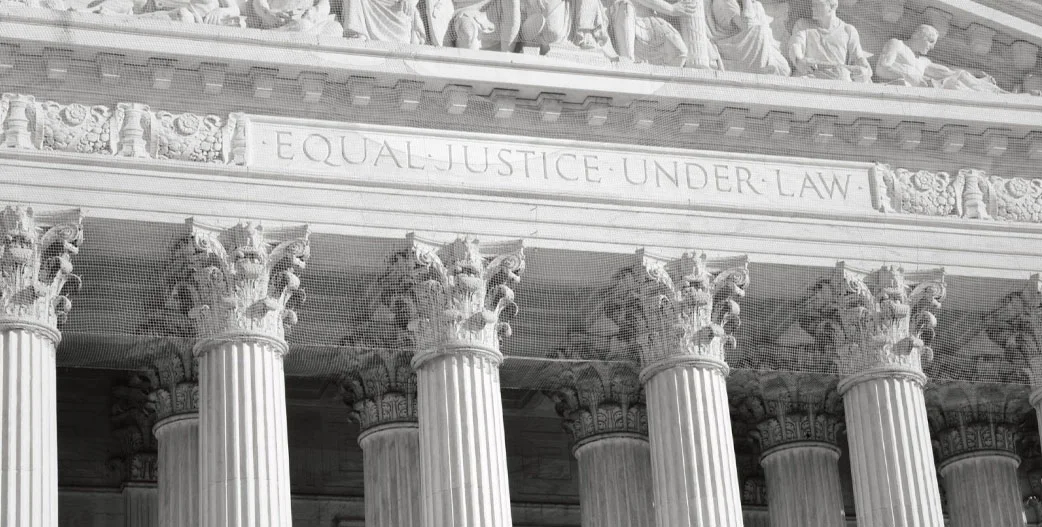Blog
U.S. Supreme Court Curtails Use of Safety Valve to Avoid Federal Mandatory Minimums

In a complicated and convoluted March 15, 2024 decision,Pulsifer v. United States, the U.S. Supreme Court upheld an Eighth Circuit Court of Appeals’ interpretation of the federal sentencing scheme’s “safety valve“provisions—an interpretation thatensures continued restrictions on their availability.
Safety valves are provisions of thefederal sentencinglaw, 18 U. S. C. §3553, that offer some criminal defendants a pathway to avoid mandatory minimum sentencing for the crime(s) for which they havebeen convicted.
Congress has, in fits of law-and-order pandering, established mandatory minimum sentences for certain crimes, particularly drug and sex offenses. But in 1994, these lawmakers realized that significant numbers of young first offenders were receiving sentences for low-level, non-violent drug offenses that did not fit their crimes.
In response to these sentencing inequities, Congress created safety provisions, § 3553(f)(1), that gave federal judges the discretion to depart from mandatory minimum sentencing if the defendant satisfied the following five requirements:
- no onewas harmedduring the offense,
- the person has little or no criminal history,
- the person did not use violence, threats of violence, or a gun,
- the person was not a leader or organizer of theoffense,and
- the person told the prosecutor all that they knew about the offense.
3553(f)(1)and theU.S. Sentencing Guidelinesgoverning the implementation of the safety valve provisions have changed significantly in recent years, creating reform pathways for thousands of federal criminal defendants facing sentencing and federal inmates already serving their sentences to benefit from reduced mandatory sentencing. ThePulsiferdecision—a decision that saw Justice Elena Kagan join the extreme right-wing group of the Court’s justices to hand down the 6-3 majority ruling, and Justice Neil Gorsuch abandoning the right-wing justices to join the remaining two liberal justices (Sotomayor and Brown) in dissent—missed an opportunity to bring even more equitable sentencing under § 3553(f)(1).
In what was more a grammatical interpretation than a constitutional or statutory interpretation of § 3553(f)(1), the Pulsifer court said that the word “and“should be viewed as an “or“when it comes to applying the three-point criteria used to determine a federal defendant’s criminal history. In a nutshell, the Pulsifer decision held that defendants are disqualified for “safety valve” if they meet any of the three-point criteria, rejecting the argument that disqualification couldbe foundonlyif they met all three prongs of the criminal history criteria.
Ronald Mann, inScotusblog, sums up the grammatical confusion nicely, “The dispute in the case turns on the meaning of the “and” between subparagraphs B and C. For its part, Kagan explains, “theGovernmentcontends that the phrase … creates a checklist with three distinct conditions. [Thus], a person fails to meet the requirement … if he has anyoneof the three.” In contrast, the defendant contends that the phrase ‘does not have A, B, and C’ sets out a single,amalgamatedcondition for relief, [which] a defendant … fails … only when he has all three of A, B, and C.” Kagan ultimately agrees with thegovernment’sharsher view: Defendants lose the safety valve if they have A, they lose iftheyhave B, andtheylose if they have C.”
Justice Gorsuch was not pleased with this muddled, Justice Kagan-led reasoning. Saying that the ruling flies in the face of the reform provisions of the First Step Act of 2018, Justice Gorsuch said the Pulsifer decision “guarantees that thousands of people in the federal criminal justice system will be denied a chance, just a chance, at an individualized sentence … It is a chance Congress promised in the First Step Act, and it is a chance this Court should have honored.”
We agree wholeheartedly, as did Justices Brown and Sotomayor, with Justice Gorsuch’s concluding assessment of the Pulsifer decision:
“Today, the Court does not hedge its doubts in favor of liberty. Instead, it endorses thegovernment’simplicit distribution theory and elevates it over the law’s ordinary and most natural meaning.
“It is a regrettable choice that requires us to abandon one principle of statutory interpretation after another. We must read words into the law; we must delete others. We must ignore Congress’s use of a construction that tends to avoid, not invite, questions about implicit distribution. We must dismiss Congress’s variations in usage as sloppy mistakes.Never mindthat Congress distributed phrases expressly when it wanted them to repeat in the safety valve. Never mind that Congress used “or“when it sought an efficient way to hinge eligibility for relief based on a single characteristic. We must then read even more words yet into the law to manufacture a superfluity problem that does not exist. We must elevate unexpressed congressional purposes over statutory text. Finally, rather than resolve any reasonable doubt about statutory meaning in favor of the individual, we must prefer a more punitive theory thegovernmentonly recently engineered.”
Now, Congress must clarify what “and” means if it chooses to effectuate the purpose of the First Step Act. In the meantime, too manyfederal criminaldefendants will unnecessarily suffer from more frequent use of mandatory minimums.
Take the first step toward protecting your freedom by contacting us now
Testimonials
John T. Floyd is Board Certified in Criminal Law By the Texas Board of Legal Specialization
Request A Confidential Consultation
Fields marked with an * are required
"*" indicates required fields



















